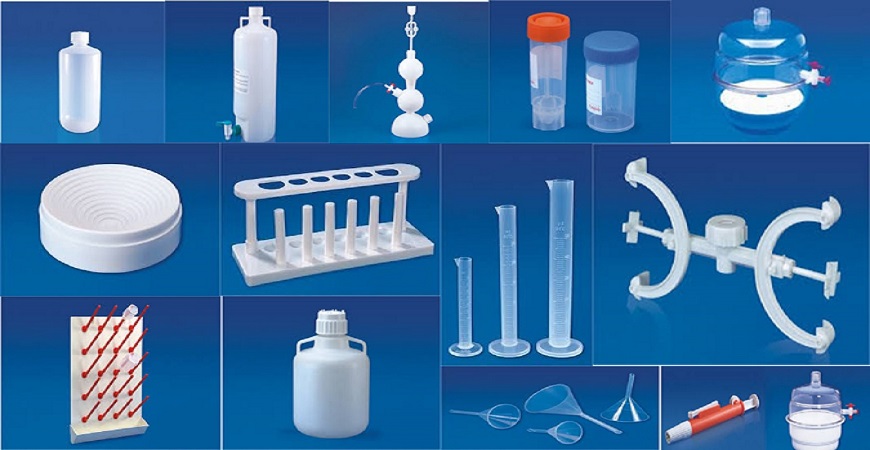
- #SCILAB SUPPLIES GENERATOR#
- #SCILAB SUPPLIES SOFTWARE#
- #SCILAB SUPPLIES PC#
- #SCILAB SUPPLIES SERIES#
GRC uses a block diagram (a flow graph) to represent your project. You can find a simple starter project on the video below. With GRC, though, it isn’t that important (in most cases) to understand that, just like you can use a video card without knowing exactly what signals are on the PCI express bus.
#SCILAB SUPPLIES SERIES#
Just know that the I and Q signals can combine to express any waveform and, conversely, any waveform can break up into a series of I and Q values. However, you don’t need to directly understand the theory behind quadrature signals to get started with GRC. If you aren’t familiar with expressing signals as I and Q components (sometimes known as quadrature data), that’s a big topic (with a great 3D explanation, one from Tektronix, and another one from National Instruments). However, radio devices will more likely provide complex numbers with an I and Q component. For an audio device, the samples will be real numbers. The first is some input device (a source) that is sampled at some sampling rate. There are several key building blocks that combine to make SDR possible. UPDATE: Don’t miss the follow-up post that uses SDRPlay to build a GNU Radio based receiver. It even has the ability to read and write data to the file system, so you can use it to do many DSP applications or simulations with no additional hardware.
#SCILAB SUPPLIES GENERATOR#
GRC has a signal generator block and interfaces to your sound card. This is a mostly graphical approach, allowing you to thread together modules graphically and build simple GUIs to control you new radio.Įven though you usually think of GRC as being about radios, it is actually a good framework for building any kind of DSP application, and that’s what I’ll show you in the video below. If Python is still not up your alley (or even if it is), there’s an even easier way to use GNU Radio: The GNU Radio Companion (GRC). GNU Radio provides a wealth of Python functions that you can use to create sophisticated SDR application (or, indeed, any DSP application). That’s the idea behind GNU Radio and SDR.
#SCILAB SUPPLIES PC#
Not many people could build a modern PC from scratch, but nearly anyone can get a motherboard, some I/O cards, a power supply, and a case and put together a custom system.


After all, SDRs require lots of digital signal processing (DSP) at high speeds.
#SCILAB SUPPLIES SOFTWARE#
However, there is a big gap from being able to use off-the-shelf SDR software and writing your own.

The result is a quality conscious culture committed to total customer satisfaction.Software Defined Radio (SDR)–the ability to process radio signals using software instead of electronics–is undeniably fascinating. Product excellence is achieved by the enforcement of strict quality standards and meticulous quality control, supported by the specialist skills of some of the worlds most experienced glassblowers and polymer technicians. We work to the most rigorous International standards.

The company also specializes in the hot manipulation of glass from tubing and intermediate components and also manufactures custom glass products for a wide variety of technical and industrial applications. Our extensive range of glass and plastic labware comprises over 3,000 general purpose and specialized products carrying some of the best known names in science - Azlon®, MBL®, Pyrex®, Quickfit® and Rotaflo®.įrom glass beakers and condensers to plastic measuring cylinders and wash bottles, the comprehensive range of SciLabware products finds applications in all types of laboratory. SciLabware Limited is one of the world’s leading manufacturers of laboratory glassware and laboratory reusable plasticware, supplying the scientific community with world renowned brands.


 0 kommentar(er)
0 kommentar(er)
